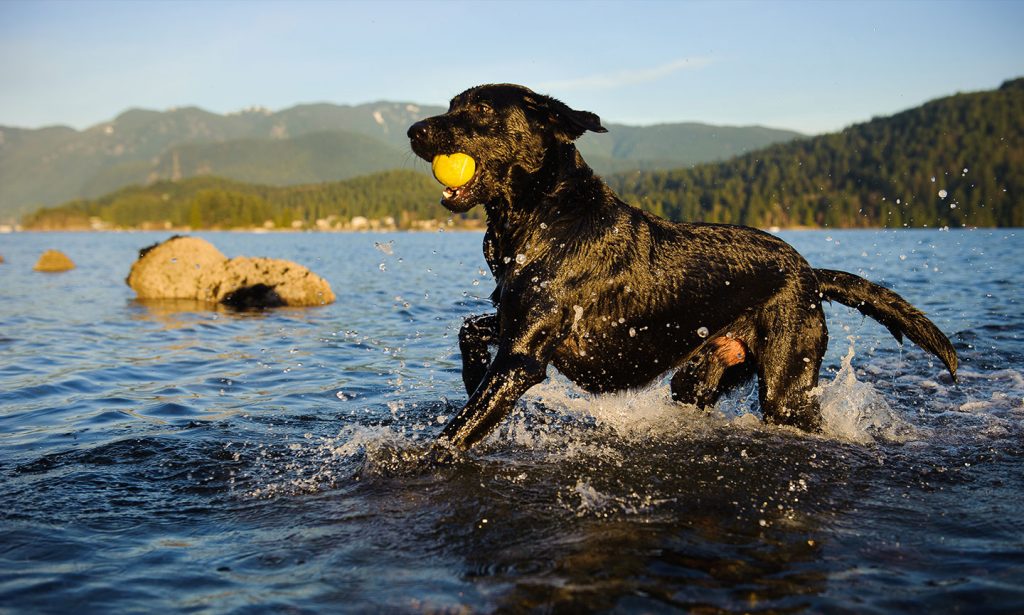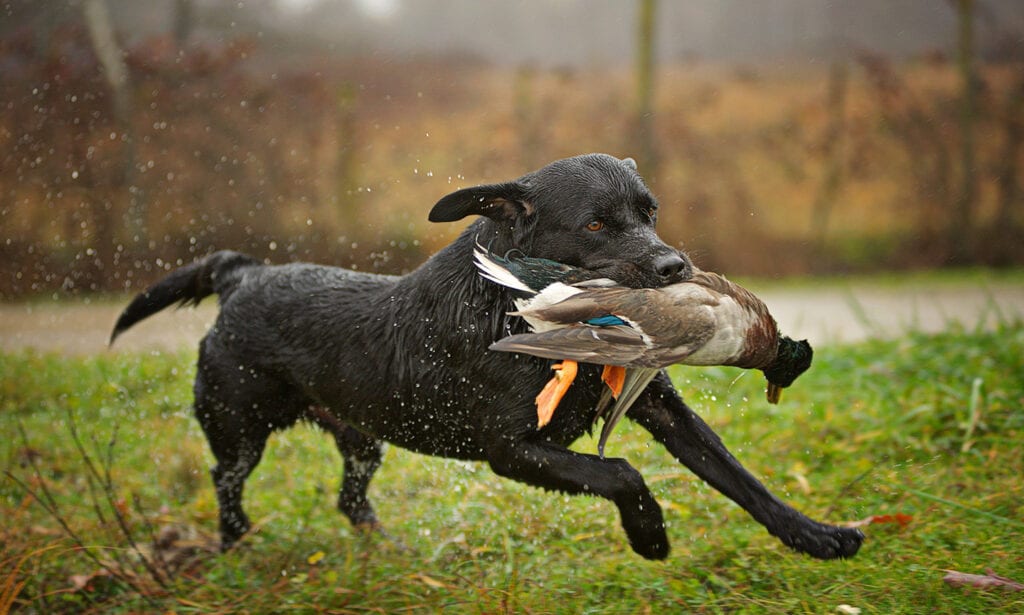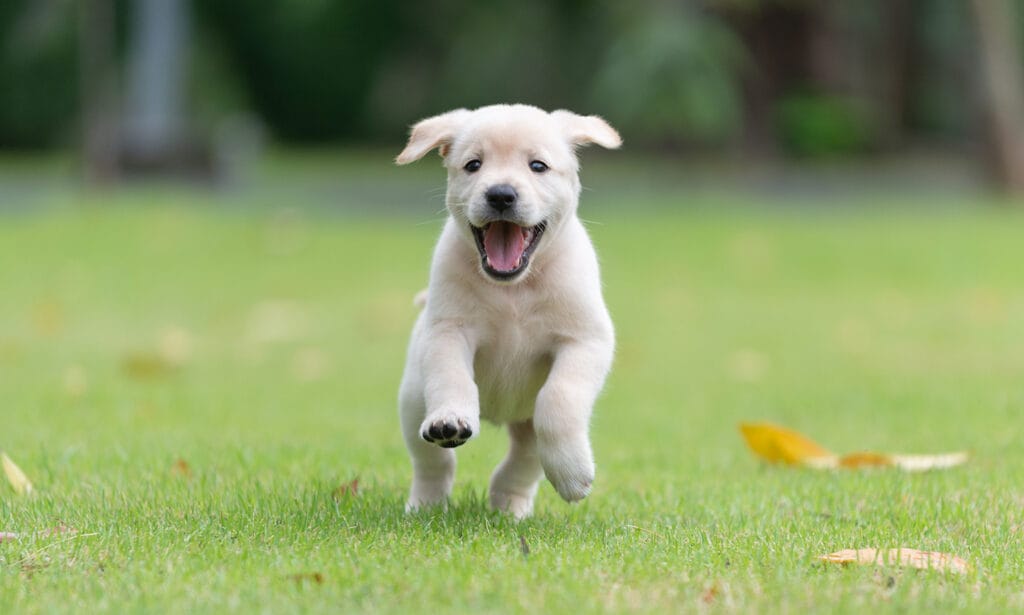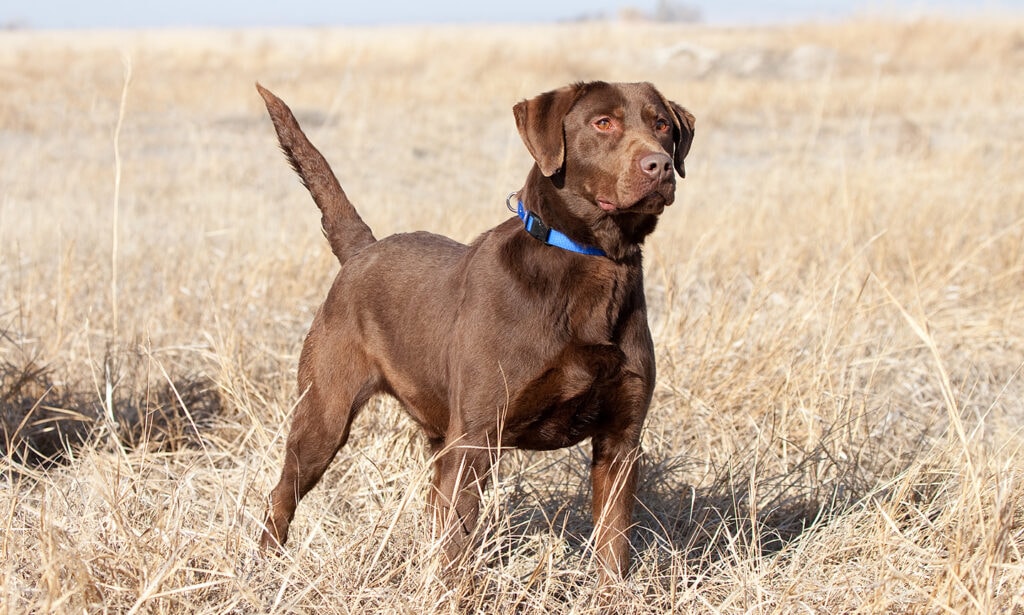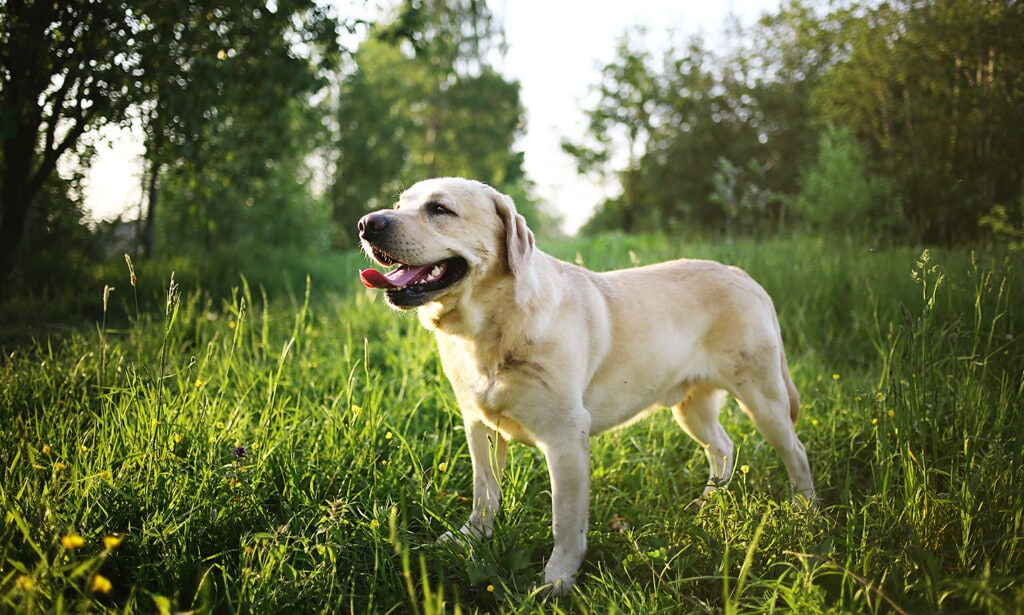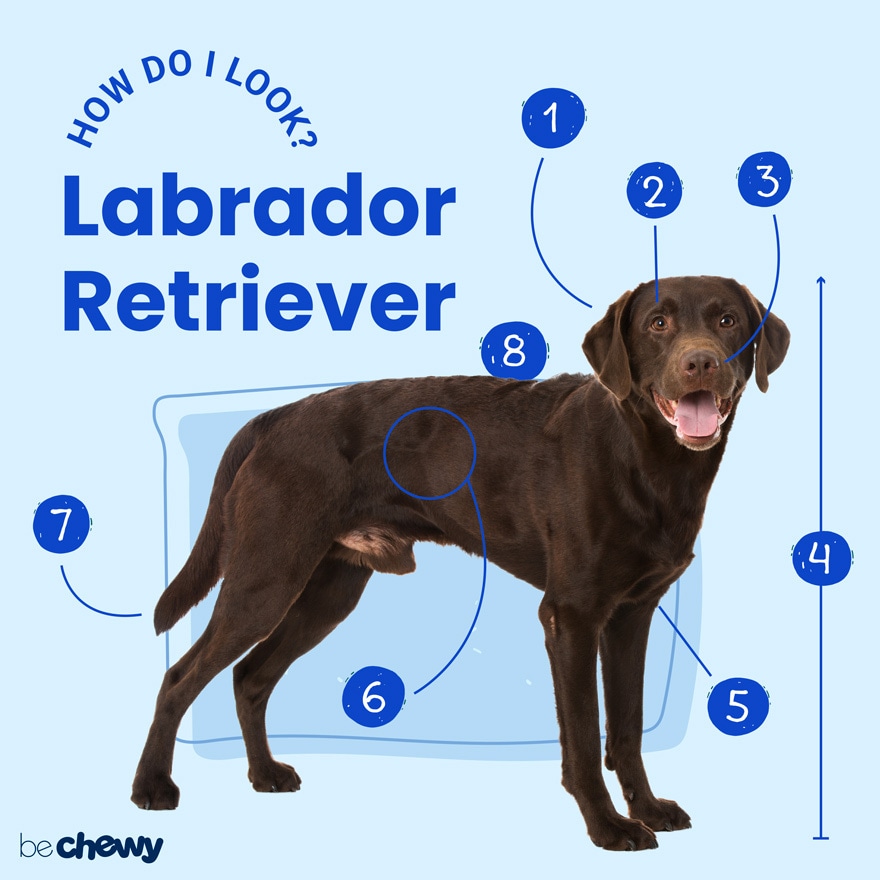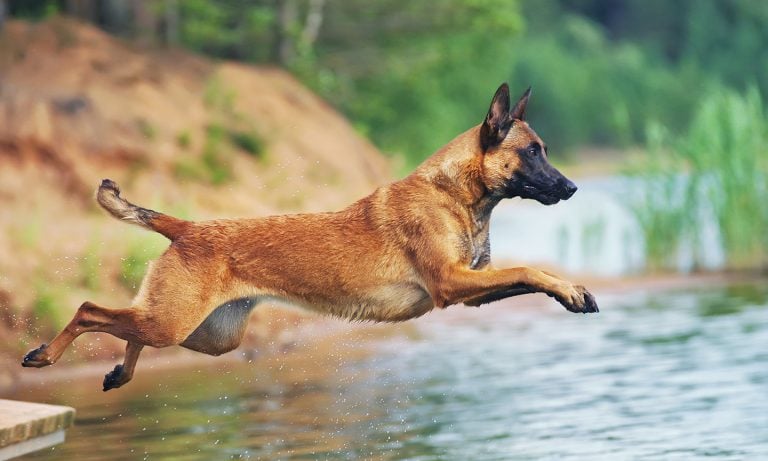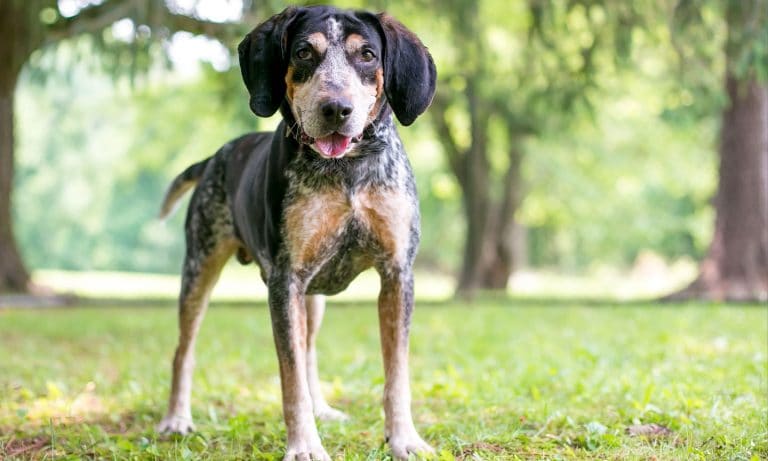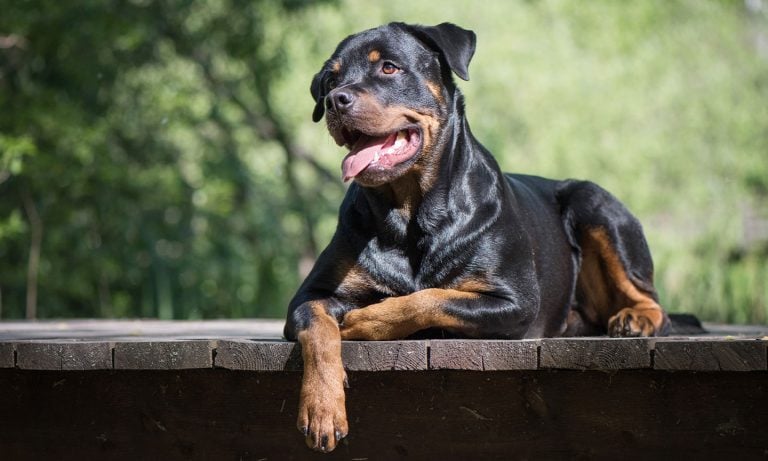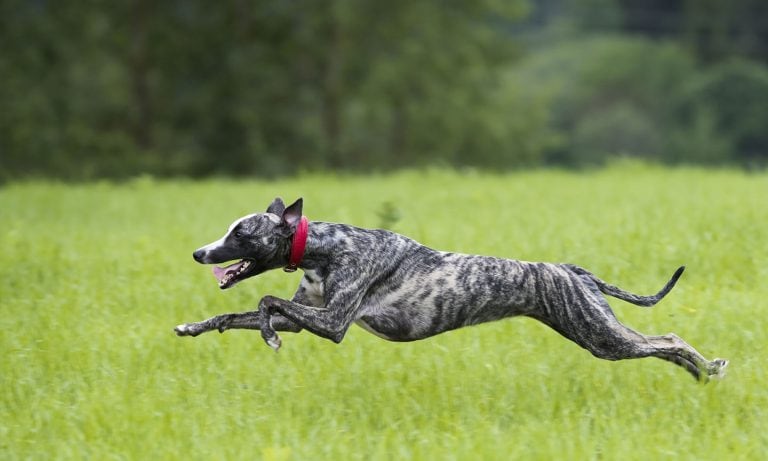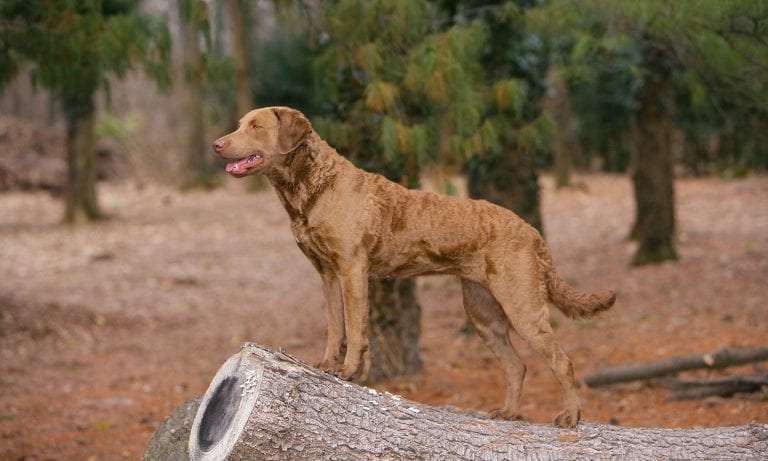The Labrador Retriever has been one of the nation’s favorite dogs for decades, and it’s not hard to see why. Labs are known for being incredibly outgoing, intelligent and family-friendly. An energetic sporting breed, this popular pup lives for time spent in the Great Outdoors, especially when water is involved. If your weekend plans often include activities like hiking and swimming, you’ll find a willing and eager partner in the Lab. Their peppy personality and happy-go-lucky nature make for life’s sweetest adventures.
Breed Snapshot
Temperament:
AdventurousAnimatedReady For AnythingCoat Color:
BlackChocolateYellow
Best For
The Labrador Retriever is one of the most popular dog breeds in America, known for their friendliness, intelligence and outgoing nature. These high-energy, athletic dogs require ample exercise and thrive in active households.
Labrador Retriever Temperament
Cheerful and animated, this large dog breed has stamina and energy to spare, able to keep up with your family and all your activities. You’ll want to funnel that energy into positive outlets, like outdoor activities and training. And thanks to their high intelligence, learning commands and tricks come relativity easy for them. Labrador dogs love having a job to do and excel at things like agility courses and, just like their name implies, retrieving items. In fact, their superior intelligence is why they often make great assistance dogs, working as therapy or service animals.
A people-pleaser, Labrador Retrievers have a pleasant personality and love interacting with humans. Get ready to be showered with lots of affection! They also easily make friends with dogs and other animals, including cats, although not all cats are as excited to meet them as they are—a Lab’s large size and high energy level can be a bit intimidating. Slow and controlled introductions to other family pets will help make the transition go smoothly. Considering the staying power of the Labrador dog breed’s popularity, it’s a safe bet your Lab will fit right in with the all the loved ones you choose to introduce into their life.
While they’re generally good-natured, like any dog breed, Labs may develop aggressive tendencies if they don’t receive proper training or have experienced abuse. Addressing any biting issues early on, providing proper socialization when they are puppies (aka safely exposing them to lots of new people, places and things) and working with a professional dog trainer can help avoid behavioral issues when they get older.
How to Care for a Labrador Retriever
As you might expect with such a popular dog breed, Labs are relatively easy to care for and make great dogs for first-time pet parents. With the right tools and a little TLC, you’ll be ready to help your pup live a healthy, full life. The toughest part about taking care of a Lab will likely be your ability to keep up with them!
Labrador Retriever Health
Labrador Retrievers are usually very healthy dogs with a typical life span of 11-13 years. However, there are a few common health issues you’ll want to be aware of—from joint problems to bloat—so you can keep your pup healthy for longer.
- Elbow Dysplasia: When an elbow joint grows abnormally, your pup might experience stiffness, lameness or pain in their forelimbs. Treatment will depend on the primary cause of elbow dysplasia, but in most cases, surgery is recommended.
- Hip Dysplasia: Hip dysplasia, where the femur doesn’t fit correctly in the hip socket, can lead to early signs of arthritis, including limping or general pain. Treatment ranges from weight management, joint supplements, pain medication or, in severe cases, surgery.
- Progressive Retinal Atrophy (PRA): PRA describes a number of diseases that can cause degeneration of the lining in the retina, which is in the back of the eye. In some cases, this condition can lead to blindness. There is no cure, but genetic screening testing is available.
- Bloat: Bloat, otherwise known as gastric dilatation-volvulus (GDV), is an emergency medical condition where the dog’s stomach becomes filled with gas and twists upon itself. This is very serious and can be deadly if not treated immediately. To help lower the risk of bloat in your Lab, avoid exercise for at least one hour before or after eating, try serving smaller and more frequent meals throughout the day or use a food bowl designed to slow down your dog’s eating.
- Exercise Induced Collapse (EIC): EIC is a genetic condition seen in Labs that results in weakness and collapse after exercise. There is no cure, but the symptoms can often be managed with exercise restriction.
Labrador Retriever History
Originally called the St. Johns Dog or the lesser Newfoundland, Labrador Retrievers originated in Newfoundland (not Labrador), Canada, and are longtime descendants of the now-extinct St. John’s Water Dog, a hunting dog. With their strong hunting heritage, Labradors first became popularized in the early 1800s as a waterdog who could help fishermen retrieve fish and ducks and bring them back to their boats. Their soft mouths and gentle jaws made them perfect for delicately handling birds and fish. Eventually, they were brought across the Atlantic Ocean to England after English nobles visited Canada. There, the English continued to refine the breed in the second half of the 19th century.
The popularity of the Labrador breed has only continued to grow since then. Today, modern Labs are among the most popular dogs in America, according to the American Kennel Club, which formally recognized the breed in 1917. Labs are mostly sought after for their unmatched diving aptitude and ability to work in the water, largely thanks to their water-repellent coats, webbed feet and otter-like tail.
So, where’s the best place to find a Labrador Retriever puppy? You can find a list of reputable Labrador Retriever breeders on the American Kennel Club’s website. What’s the average Labrador Retriever price? Depending on the breeder, expect to spend anywhere from $1,000 to $2,500 for a pup. But for that, you usually get a dog who’s been screened for health and temperament issues, and they might even come with pedigree papers. You can also reach out to Labrador Retriever rescue organizations to adopt a Lab, check Chewy’s database of adoptable Labrador Retrievers, or keep an eye out for the breed at your local animal shelter.
FAQs
Are Labrador Retrievers hypoallergenic?
No, Labs are not hypoallergenic. In fact, Labs shed frequently. Overall, some dog breeds may have less reactive dander, which may make them be seen as hypoallergenic. But it mainly depends on how your body responds and how sensitive your allergies are to any particular animal.
Can Labrador Retrievers swim?
Yes, Labrador Retrievers can swim; they have webbed feet, which help propel them through the water. They readily jump into the water to retrieve fish or ducks when directed. Swimming and dock diving are excellent forms of exercise for Labs and will definitely wear them out if you’re looking forward to some quiet time at home.
Can Labrador Retrievers be guard dogs?
The Labrador Retriever was not originally bred to be a guard dog, and generally speaking, is a very friendly breed. They perform better at jobs that require constant stimulation, like sporting activities or being a therapy or service animal.
What are the most common Labrador mixes?
- Labrador-Newfoundland mix (Newfador)
- Labrador-Husky mix (Labsky)
- Labrador-Golden Retriever mix (Golden Labrador or Goldador)
- Labrador-Poodle mix (Labradoodle)
- Labrador-German Shepherd mix (German Sheprador)
- Labrador-Beagle mix (Beagador or Labbe)
- Labrador-Great Dane mix (Labradane)
- Labrador-Bernese Mountain Dog mix (Labernese)
- Labrador-Bloodhound mix (Labloodhound)
- Labrador-Rottweiler mix (Labrotties)
Note: These are not purebred dogs but mixed breeds.
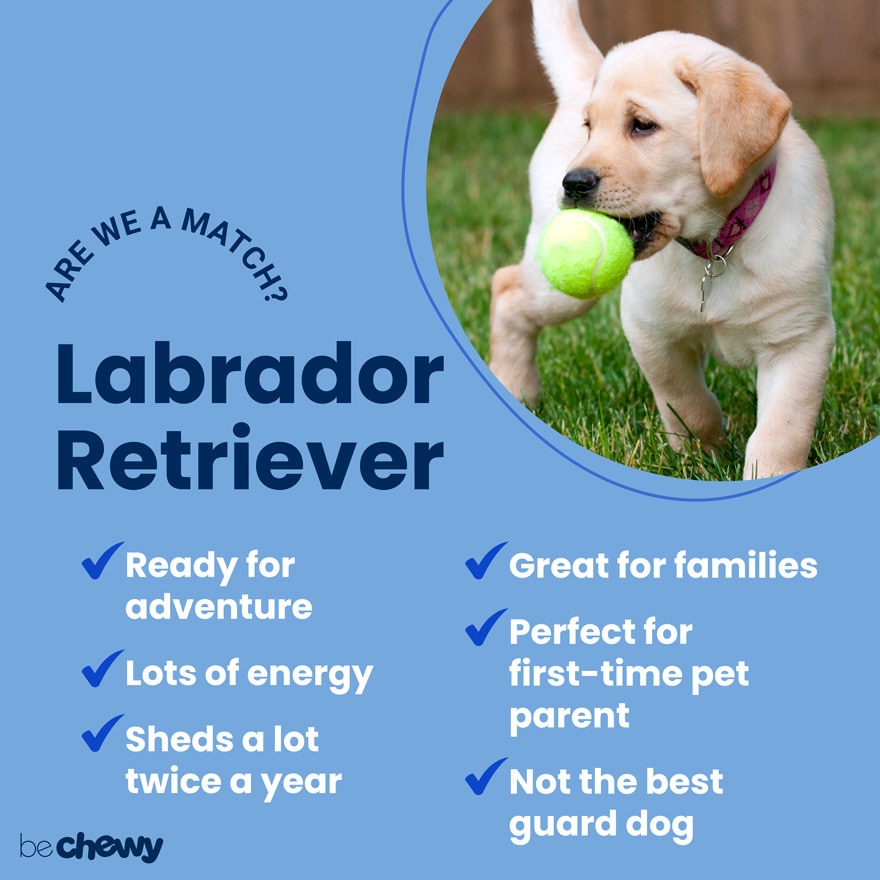
Top Takeaways
Are you geared up and ready for lots of adventures with your pup? Labs typically are up for anything. You’ll have a sidekick who enjoys quick trips to the dog park just as much as they’ll relish daylong hikes. For those who love to stay active and want a loyal canine companion, Labs are undoubtedly the way to go.
Expert input provided by veterinarian Dr. Katie Billmaier, DVM, at Furry Friends Adoption, Clinic & Ranch, and Sparky Serka, head trainer at The Puppy Academy.
Breed characteristic ratings provided by veterinarian Dr. Sarah J. Wooten, DVM, CVJ, a veterinarian at Sheep Draw Veterinary Hospital in Greeley, Colorado; dog trainer and behavior consultant Irith Bloom, CPDT-KSA, CBCC-KA, CDBC, owner of The Sophisticated Dog, LLC, in Los Angeles; and certified animal behavior consultant Amy Shojai, CABC, in Sherman, Texas.
The health content was medically reviewed by Chewy vets.

Search for Adoptable Labrador Retrievers Near You
Top Labrador Retriever Names
These are the top Labrador Retriever names as chosen by Chewy's pet parents!
Female Names
- Luna
- Bella
- Daisy
- Sadie
- Lucy
- Bailey
- Maggie
- Willow
- Molly
- Stella
Male Names
- Cooper
- Moose
- Duke
- Tucker
- Hank
- Bear
- Charlie
- Max
- Gunner
- Gus
Share:
